|
Transportation Research Update

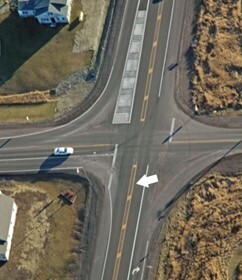
Between 2018 and 2019, MnDOT installed constrictor intersections at 66 locations where vehicles enter a high-speed roadway from a side street after stopping. By installing a striped centerline median with rumble strips, traffic engineers narrowed the width of the main road to slow traffic and draw attention to the intersection.
With the installation of lane constrictors at MnDOT intersections, overall crash rates saw little change but there were decreases in fatal and injury crashes.
Results show that the addition of lane constrictors had a positive impact, reducing the severity of crashes by swapping injury crashes for property damage only crashes.
|
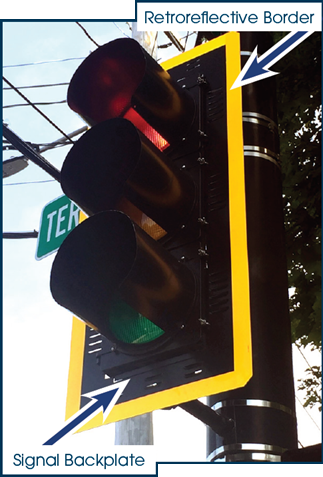
Between 2016 and 2021, MnDOT installed yellow retroreflective signal backplates at 116 intersections in Minnesota. The backplates are recommended by the FHWA as a safety measure to reduce crashes by 15%.
Researchers compared crash rates and types before and after installation and found no statistically significant reduction in crash rates. Researchers theorized that MnDOT signals were already designed to be highly visible, so the addition of the yellow backplate made little difference.
|
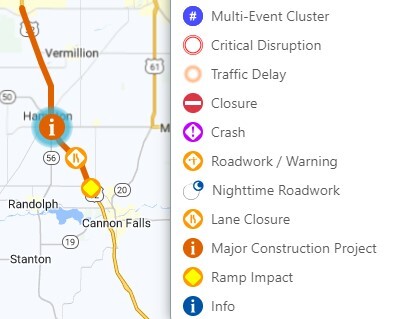
Between 2010 and 2022, 83 J-turns were installed on MnDOT roadways. The J-turn is an alternative intersection layout that is intended to provide safety benefits by limiting the number of points within an intersection that two or more vehicle paths might intersect. Before-after analyses at J-turns and control sites were conducted and compared. With the installation of a J-turn, the analyses found decreases in fatal and serious injury crashes, angle crashes, and fatal and serious injury angle crashes. The large decreases in severe crashes at J-turn locations indicate the J-turn can be an effective safety treatment. The analysis also found J-turns have lower crash rates for key crash types as compared to low volume interchanges and rural, high-speed signalized intersections.
|
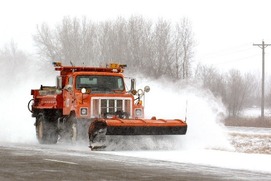
Minnesota counties and cities have begun to adopt automatic vehicle location (AVL) systems based on GPS tracking to allow them to monitor their vehicles in real time. The LRRB has produced a five-page guide and video to highlight the features and benefits of such systems for snowplowing, such as faster snow removal, less route duplication, and better public relations. The guidebook provides a resource list of AVL/GPS options of varying costs from different manufacturers and cautions local agencies to answer certain questions before they implement AVL. What sort of data do they want to collect? How will they use it? And how will they encourage adoption by staff who have been doing things “the old way” for some time.
|

Smartphone mapping apps often notify drivers of road closures, including closures on Minnesota state highways. Local road and highway closures may be identified on the app too, but the process for reporting these closures is inconsistent and can be difficult for local agencies. LRRB explored alternatives to simplify the process for reporting local road closures. The results of this project suggested that local agencies pursue a relationship with MnDOT to adapt and use the current statewide condition reporting system that is used for state highways. This option has the lowest cost as it is adding on to an existing reporting system. While this option is considered, local agencies can immediately begin using guidance developed in this project to directly report road closures to third-party navigation apps.
|
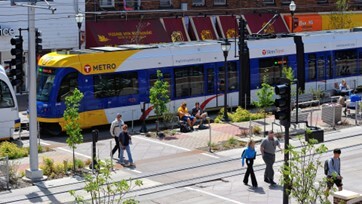
MnDOT developed a Livability Framework to help plan more livable projects in the Metro District. But what is livability? How do you measure it?
MnDOT is creating a Livability Measurement Tool to help planners, project managers, and others understand the livability needs associated with their transportation policies, programs, and projects, and determine what actions can address these needs. The first step to developing this tool is to review current best practices in the field. This synthesis covers policy-informed best practices for measuring livability and identifies points of consensus, debates, and gaps in research.
|

|
|
|
MnDOT invites and encourages participation by all people in their programs, services and activities.
If you need an ASL, a foreign language interpreter, or documents in an alternative format (such as braille, large print or in a different language) at no cost, please email your request to Janet Miller at ADArequest.dot@state.mn.us or call 651-366-4720. Relay service: 711.
If you need any other reasonable accommodation to participate (such as seating modification or auxiliary aids), please email your request to Accessibility.DOT@state.mn.us or call 1-833-400-8432. Relay service: 711.
|
|
|
|